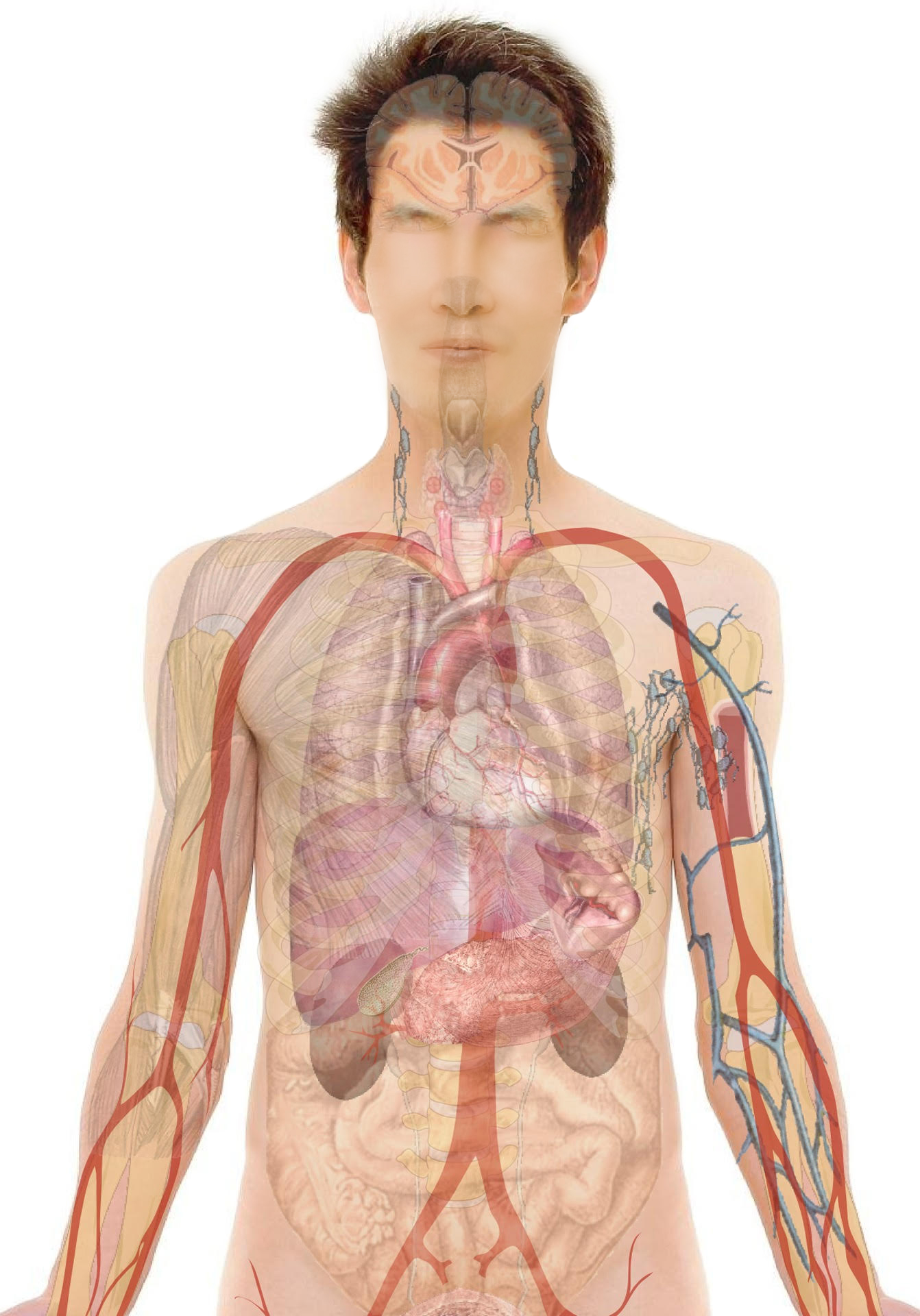Definition and Causes:
DEFINITION:
Glaucoma is a term used to represent a variety of conditions that can lead to permanent loss of vision by damaging the optic nerve (which connects the eye to the brain). It is characterized by a pattern of progressive damage to the optic nerve which generally begins with the loss of peripheral vision and progresses to vision loss in the center of the visual field, ultimately leading to total blindness.
It is often, but not always results from increased pressure within the eyes which causes optic nerve damage. The increased pressure most often occurs from the accumulation of a naturally produced fluid within the eyes, called aqueous humour. In some cases, glaucoma may occur in the presence of normal eye pressure. This form of glaucoma is believed to be caused by poor regulation of blood flow to the optic nerve.
CAUSES:
There are many different causes of glaucoma which can be acute (sudden occurrence) or chronic (occurring more slowly over time). The front of the eye has 2 compartments or chambers. Aqueous humour is produced in the posterior chamber but it flows into the anterior chamber and is then drained out of the anterior chamber through a system of channels called the trabecular (tra-beck-u-la) network.
The fluid flow within the eye should be very well regulated, any abnormality affecting the production, flow and/or drainage can lead to increased pressure. The elevated pressure within the eyeball damages the optic nerve leading to loss of vision.
Common mechanisms leading to increased eye pressure and glaucoma

Normal eye pressure involves the regulation of aqueous humor production and drainage. Aqueous humour produced in the posterior chamber flows into the anterior chamber and drains out through the trabecular network. Overproduction of aqueous humor or blocked flow to the anterior chamber or impaired drainage through the trabecular network can lead to increased pressure within the eye, optic nerve damage, and vision loss.
The tone and shape is maintained by a pressure within the eye (the intraocular pressure), which ranges between 8 mm and 22 mm (millimeters) of mercury.
When the pressure is too low, the eye becomes soft, and if it is too high it becomes harder. The delicate fibers of the optic nerve are damaged by this elevated pressure.
If the eye’s trabecular meshwork becomes clogged or blocked, the intraocular pressure may become elevated; likewise, if too much fluid is being produced within the eye, the intraocular pressure may become too high. In either event, There are different types of glaucoma and are classified according to their causes.
Common types of glaucoma:
- Open-angle glaucoma
- Angle-closure glaucoma (acute and chronic)
- Low tension glaucoma
- Secondary glaucoma
- Developmental/congenital
Symptoms:
Patients with open-angle glaucoma and chronic angle-closure glaucoma, in general, may not have any symptoms early in the course of the disease.
- Visual field loss (late in the course of the disease)
Sometimes fluctuating levels of intra-ocular pressure may cause:
- Haziness of vision
- Haloes around lights usually in the morning
Acute angle-closure often presents with
- Severe eye pain of abrupt onset
- Headache
- Redness of the eye
- Nausea and vomiting
- Visual blurring
- Cloudy cornea to the naked eye
- Pupils are large and non-reactive to the light
NOTE: Sometimes nausea and vomiting exceed the ocular symptoms to the extent that an ocular cause is not perceived.
An ophthalmologist/optometrist will typically find decreased visual acuity, swelling, highly elevated eye (intraocular) pressure, and a closed drainage angle.
Example of acute angle closure glaucoma

Investigations and Treatment:
INVESTIGATION:
Patients with suspected glaucoma may be referred to an eye doctor (optometrist/ophthalmologist). The treating doctor may ask about the patient’s past medical history including other diseases (e.g diabetes), head/eye trauma, previous eye infections, prescribed and non-prescribed medications, family history and symptoms (if any).
An eye examination and various investigations are used to determine the health of the eyes including vision loss, eye pressure, retinal and/or optic nerve injury.
The following tests may be used as part of the diagnostic evaluation:
Ophthalmoscopy:
- Conducted with an ophthalmoscope, which is a handheld device with a bright light and a magnifying lens allowing observation of the retina and optic nerve at the back of the eye
Tonometry:
- A procedure used to measure eye pressure. The patient will be given anesthetic eye drops to numb the eye and a special non-invasive device is placed (the tonometer’s sensor) against the front surface of the eye. The firmer the tone of the surface of the eye, the higher is the pressure reading
Pachymetry:
- Used to determine the thickness of the cornea; after numbing the eye with the anesthetic eye drops. The pachymetry tip (can be separate hand-held pencil-shaped meter or can be part of other ophthalmic machines like a slit lamp etc) is gently touched to the front surface of the eye (cornea). Corneal thickness can affect the measurement of eye (intraocular) pressure, and may also be used to identify those at risk for development of glaucoma
Gonioscopy: (examination of the drainage angle)
- Examination of the drainage angle. A special magnifying glass/prism and a slit light are used to observe the drainage angle of the eye to determine the nature and extent of blockage (if any)
Perimetry: (visual field test)
- A type of visual field test which can be done by having the patient look straight ahead with one eye covered and count the fingers shown by the examiner from the side or can be done on a machine in which the chin is held in a place with the patient looking straight ahead. Patients will be asked to describe moving lights in their periphery and information used to assess vision lost
Blood work
- Not usually required for the diagnosis unless requested to rule out other diseases such as inflammatory conditions, infections or chronic conditions (e.g diabetes)
TREATMENT:
Glaucoma is treated to prevent further damage and progression of the disease; but cannot be cured. Treatment of glaucoma involves reducing and maintaining the increased eye pressure by using prescription eye drops, oral medications, laser, and surgical procedures as needed.
Commonly used medication in Glaucoma

Note: However, while there are potential side effects from using these medications, there are also the effects of untreated Glaucoma – which includes progressive vision loss and ultimately blindness. Consequently, the treating doctor will assess the side effect risks versus the benefits in controlling symptoms and reducing further eye injury, before recommending treatment. If the patient has other medical conditions or using other medications, these are taken into account when prescribing medications for glaucoma.
Laser Therapy:
Trabeculoplasty:
- A procedure used in chronic primary angle closure. Following the application of local anesthetic eye drop, a laser is used to create small gaps in the drainage channels (the trabecular network). This will allow better outflow of aqueous humour, and reduction in eye (intraocular) pressure. Typically the benefit lasts a few years before intraocular pressure increases again
Surgical Procedures:
Trabeculectomy:
- May be performed to lower intraocular pressure in eyes with chronic primary angle closure that have not responded well to treatment by laser or with medicine. After anesthesia, ophthalmologists will remove a small piece of the trabecular network creating an opening through which aqueous humour can drain, thereby reducing intraocular pressure
Shunt surgery:
- A small silicone tube, called a shunt is installed in the eye. The shunt drains aqueous humour from the front chamber to the outer part of the eye, where the body absorbs the fluid naturally. Generally, shunts are reserved for difficult glaucoma cases for which conventional filtering surgery has failed or is likely to fail
Cyclophotocoagulation (Diode laser ciliary body ablation)
- Generally used to treat advanced open-angle glaucoma and usually used after other treatments have proven unsuccessful. A laser is aimed at the ciliary body (the site of production of aqueous humour) of the eye. The ciliary body is slightly damaged and thus slows the production of aqueous humour, resulting in decreased eye pressure
Risk Factors and Prevention:
- Age over 45 years
- African, Hispanic or Asian ancestry
- Family history of glaucoma
- Thin cornea
- Previous eye injury
- Nearsightedness
- Elevated eye pressure (IOP)
- Diabetes mellitus
- Prolonged use of steroids
Outcome:
Irreversible vision impairment can be caused by glaucoma. Timely detection and management of the condition may slow or halt the progression of glaucoma, the success of which largely depends on the underlying cause(s) and the extent to which the disease (glaucoma) has progressed prior to treatment.








